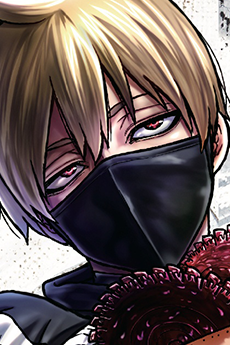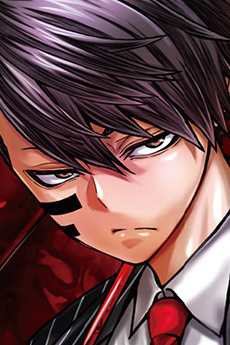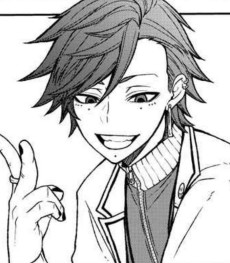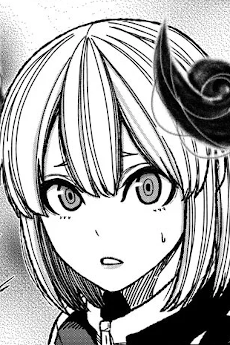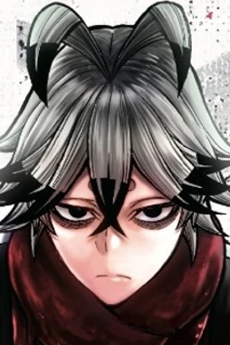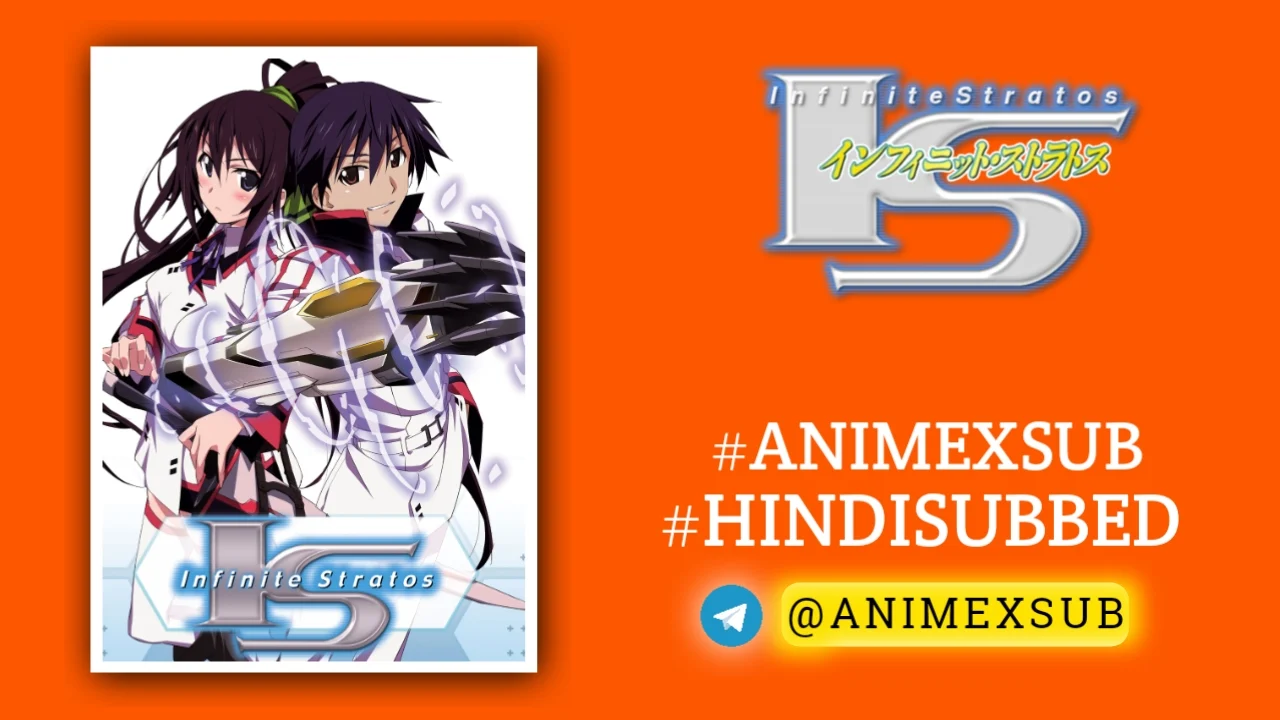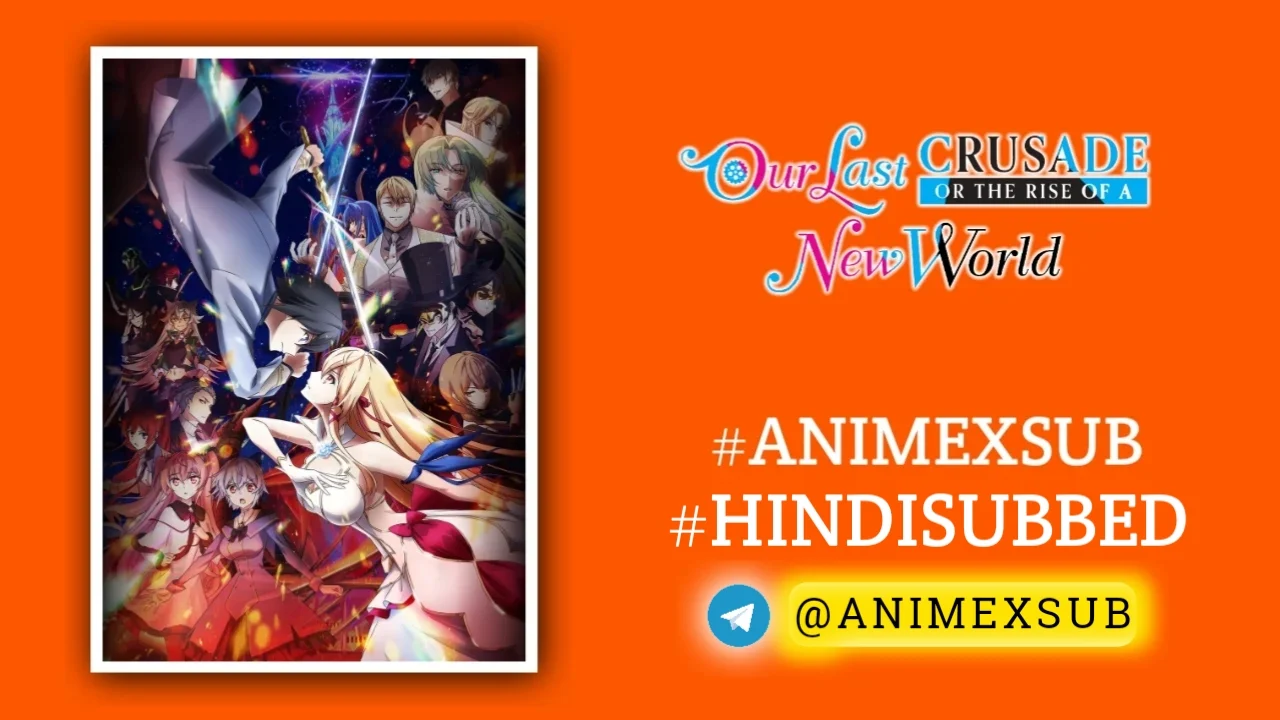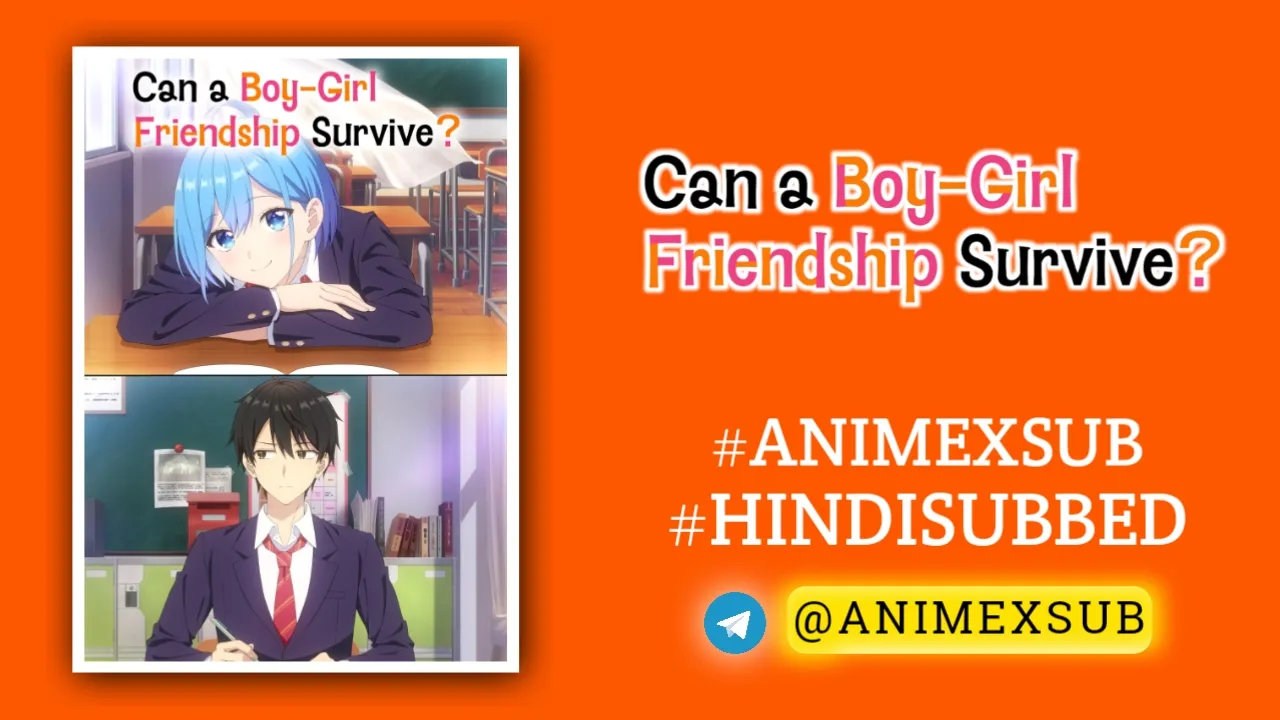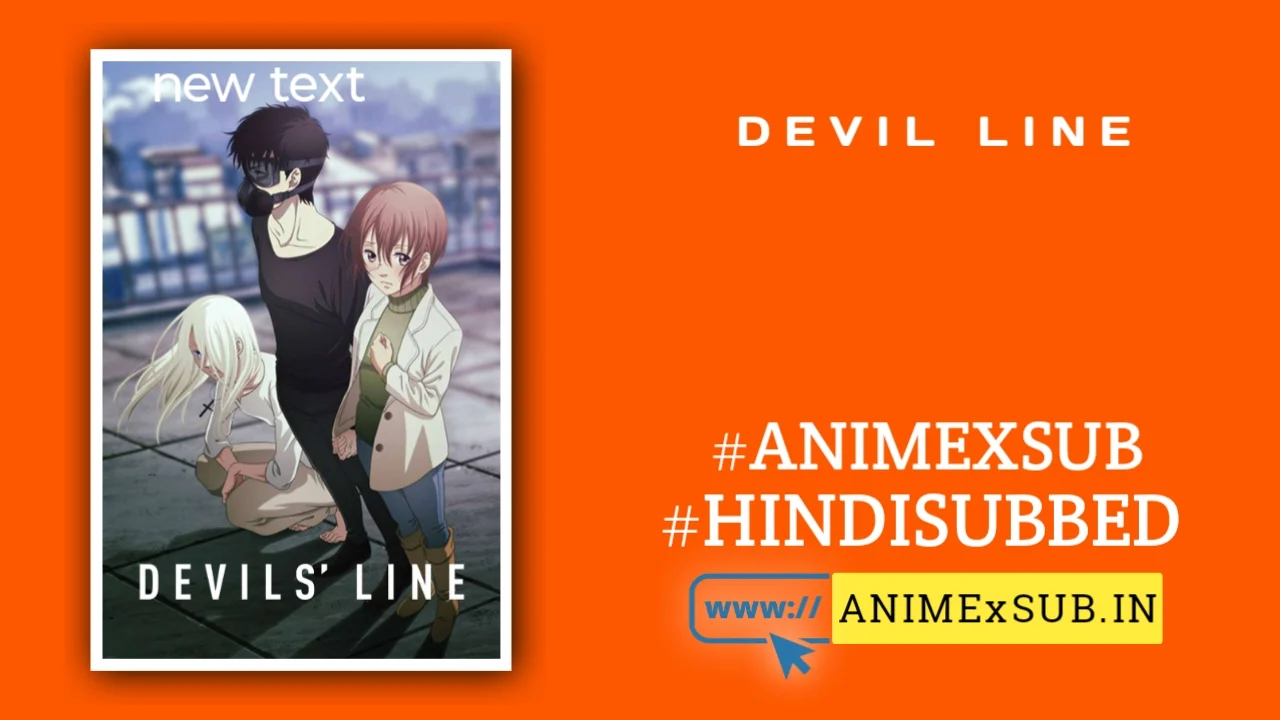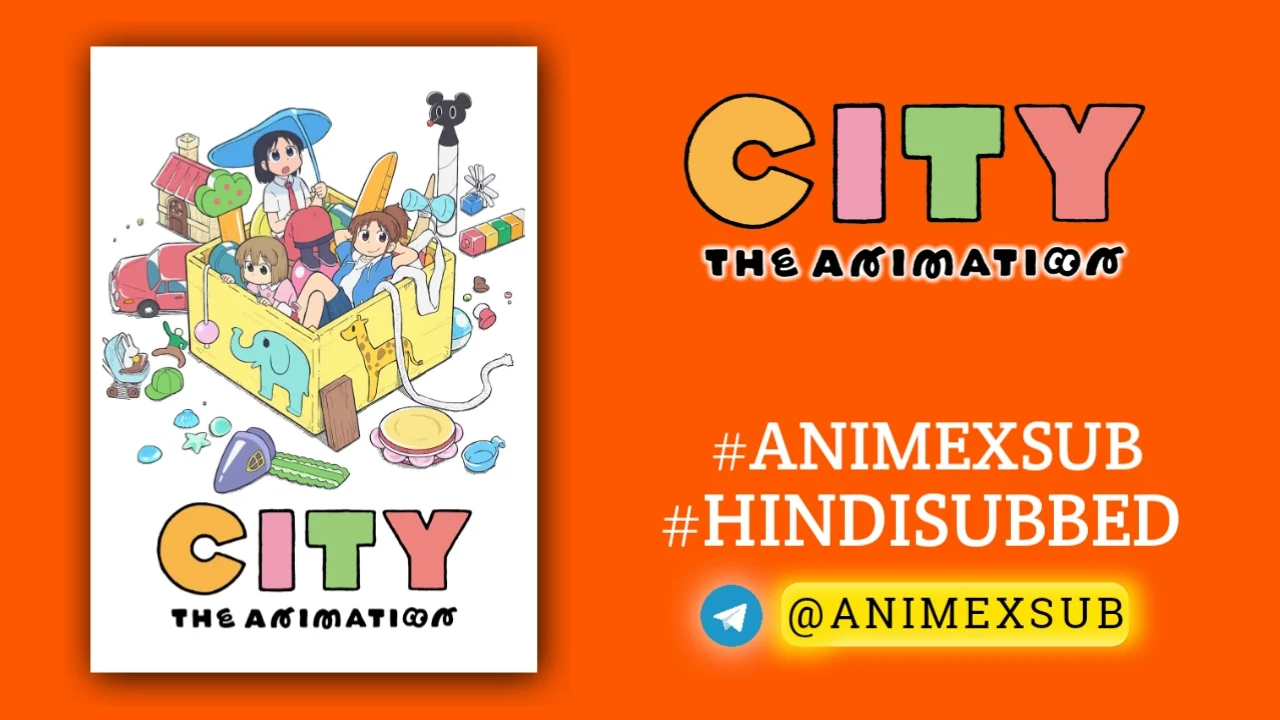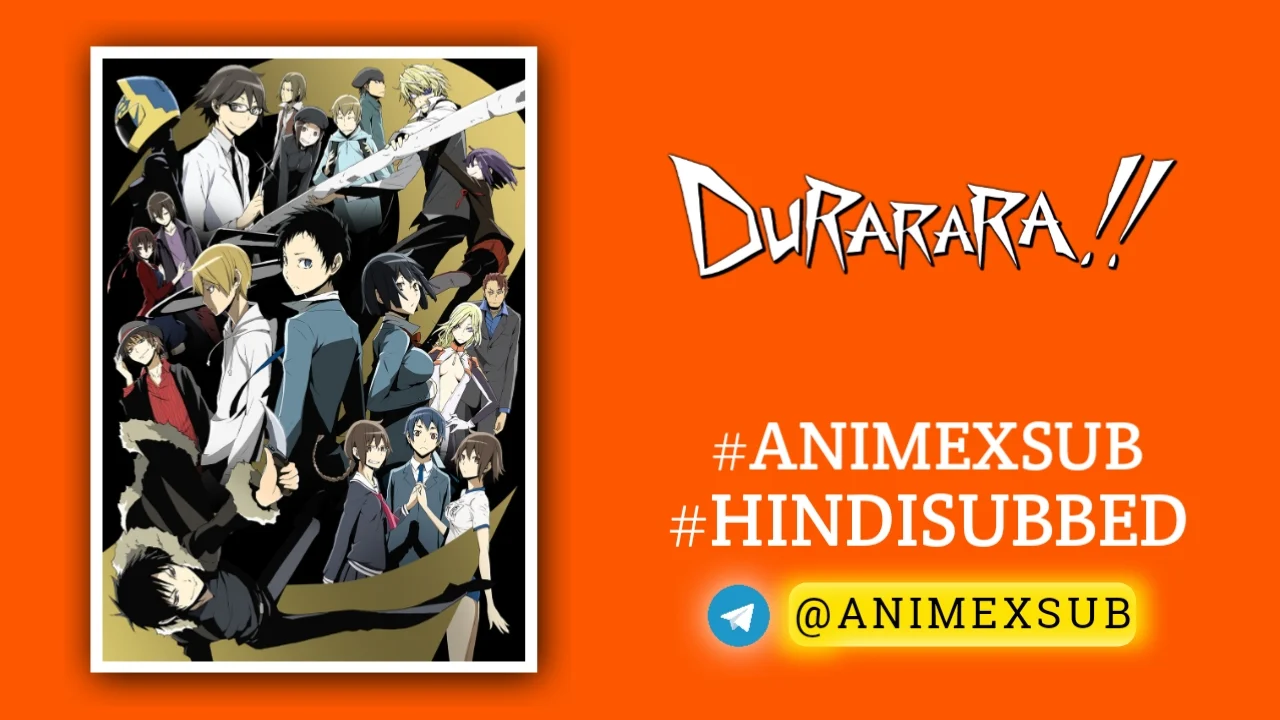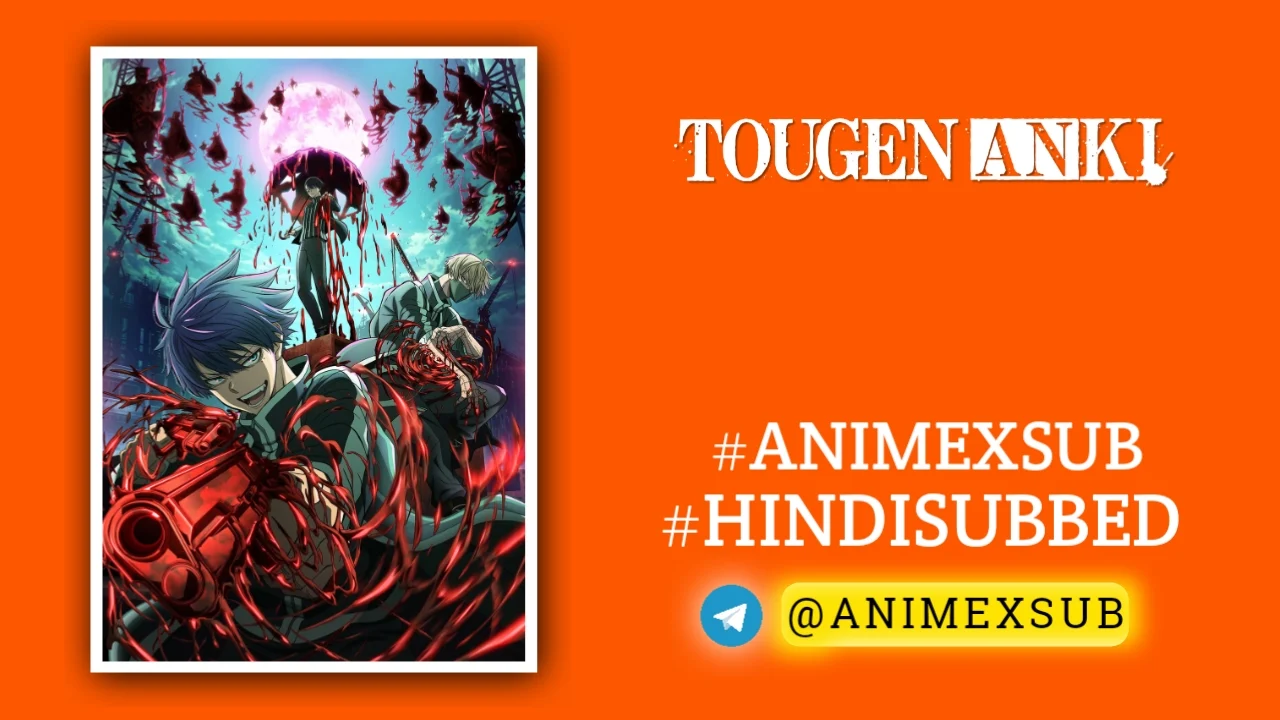
Tougen Anki Season 1 Hindi Subbed [05/24] | Tougen Anki Hindi Sub!!

Tougen Anki
TOUGEN ANKISynopsis
The bloodlines of “Oni” and “Momotarou” have been passed down among certain humans for generations. Long ago, the Oni, aware of their own ferocity, lived in seclusion. However, their peace was shattered by an invasion led by Momotarou. Over thousands of years, these two factions formed the “Momotarou Agency” and the “Oni Agency,” respectively, and have been locked in conflict ever since. The protagonist, Shiki Ichinose, suddenly learns of his Oni lineage following an unexpected attack by Momotarou. This revelation sets Shiki on a path to discover the destiny that lies within his blood — a meeting with the Oni dwelling within him. —A new generation of dark heroics begins here in this tale of demons! (Source: Official Site)
Watch Trailer
Characters
Tougen Anki Season 1 Review: A Subversive Shonen That Rewrites the Rules of Vengeance and Identity
Tougen Anki: Legend of the Cursed Blood, the anime adaptation of Yura Urushibara’s manga, premiered in July 2025 on platforms like Netflix and Crunchyroll, delivering a dark, folklore-infused shonen that both embraces and challenges genre conventions. Season 1, spanning its initial episodes, introduces a world where bloodlines dictate destiny, and the line between hero and villain blurs in ways that feel fresh yet hauntingly familiar. This review dives deep into the narrative, characters, themes, and technical execution of Tougen Anki’s first season, offering a critical lens on its strengths, flaws, and unique contributions to the shonen landscape. Spoilers for the early episodes are included, so proceed with caution.
A Premise Rooted in Folklore, Twisted by Moral Ambiguity
Tougen Anki reimagines the Japanese folktale of Momotaro, the peach-born hero who slays demonic Oni, as a gritty conflict between two bloodlines: the Momotaro, sworn protectors of humanity, and the Oni, chaotic beings branded as villains. The story follows Shiki Ichinose, a foul-mouthed, gun-obsessed teenager who discovers his Oni heritage after his adoptive father, Tsuyoshi—a former Momotaro—dies protecting him from an assassin. Enrolled at Rakshasa Academy to hone his newly awakened blood-based powers, Shiki embarks on a path of vengeance while grappling with his identity as a supposed “monster.”
What sets Tougen Anki apart is its subversive framing: Shiki, the protagonist, is technically the villain of the traditional tale. The anime doesn’t shy away from this, using its premise to explore moral ambiguity. The Oni are depicted as a marginalized group, subjected to experimentation and societal stigma, while the Momotaro, despite their heroic mantle, often come across as ruthless enforcers. This inversion echoes My Hero Academia’s exploration of societal outcasts but feels more raw, as Tougen Anki leans into the visceral consequences of prejudice and revenge without sanitizing the violence. The narrative’s refusal to paint either side as wholly good or evil is a bold choice, though it occasionally stumbles in providing enough context to make these stakes feel fully realized.
Shiki Ichinose: A Protagonist Who Defies the Shonen Mold
Shiki is not your typical shonen hero. Unlike the earnest Tanjiro (Demon Slayer) or the idealistic Deku (My Hero Academia), Shiki is abrasive, rebellious, and unapologetically flawed. Expelled from school and obsessed with firearms, he’s a product of his environment—raised by a father he resents yet loves, unaware of his own heritage. His transformation into an Oni, marked by his ability to morph his blood into weapons like shotguns and rocket launchers, is both visually spectacular and thematically rich. The blood-based power system, known as Blood Eclipse Release, is psychosomatic, reflecting the user’s psyche—Shiki’s guns symbolize his pent-up rage and desire for control.
However, Shiki’s characterization is a double-edged sword. His brash attitude and lack of initial depth can alienate viewers, as the premiere rushes through his backstory to prioritize action. The series gradually fleshes him out, particularly in episodes like the third, where his protective instincts toward Homare, a shy Oni student, reveal a heart beneath his rough exterior. Yet, the pacing sometimes undercuts these moments, leaving Shiki’s motivations—beyond revenge—underdeveloped by the season’s early midpoint. His rivalry with Jin, who wields blood-forged chainsaw blades, evolves from antagonism to grudging respect, but the shift feels predictable, echoing familiar shonen arcs like Naruto and Sasuke’s dynamic.
A World of Blood and Bonds
The worldbuilding in Tougen Anki is one of its strongest assets, blending Japanese folklore with a modern, urban edge. Rakshasa Academy, where Oni train to control their powers, feels like a darker Hogwarts, complete with eccentric teachers like Naito Mudano, whose umbrella-wielding, rollerblade-gliding combat style steals the show. Naito’s blend of quirky charisma and no-nonsense authority provides a stabilizing force amid the chaos, making him a standout in episode 4. The academy’s training arcs, like the Oni Tag game, are familiar shonen fare but executed with enough flair to keep viewers engaged, thanks to the unique blood-based powers.
The conflict between Oni and Momotaro is layered with social commentary, hinting at a history of discrimination and experimentation on Oni children. Episode 3’s glimpse into Homare’s traumatic past as a test subject adds depth, suggesting the Oni are not just villains but victims of a rigged system. However, the series struggles to balance these heavier themes with its breakneck pacing. The lack of context for major plot points—like sudden threats interrupting the Oni Tag—can make emotional beats feel hollow, as the show prioritizes action over explanation.
Visuals and Sound: A Mixed Bag of Brilliance and Compromise
Studio Hibari’s animation is a highlight, particularly in combat sequences. The Blood Eclipse Release battles, where characters shape their blood into weapons, are kinetic and visually inventive, blending 2D and CGI to create explosive, fluid action. Shiki’s berserk mode, where he unleashes a barrage of blood-forged guns, is a standout, though some fans have criticized the CGI’s integration as less polished than top-tier productions like Beastars. The transition from everyday scenes to high-stakes fights is seamless, with the opening sequence—a stylized retelling of the Momotaro myth—setting a high bar for the season’s visual ambition.
The soundtrack, while serviceable, doesn’t always match the intensity of the visuals. The opening and ending themes are catchy but lack the memorable punch of other shonen hits. Voice acting, particularly Kazuki Ura’s performance as Shiki (and Zeno Robinson in the English dub), captures the protagonist’s raw emotion, though some secondary characters’ performances feel flat.
Strengths: A Fresh Take on Familiar Tropes
Tougen Anki shines when it leans into its subversive premise and unique power system. The idea of a protagonist born on the “wrong” side of a mythic conflict is compelling, and the blood-based abilities offer endless creative potential. Moments like Shiki’s realization that his weapon manifestation depends on mental clarity add a psychological depth rare in shonen. The supporting cast, particularly Naito and Homare, hints at rich backstories that could elevate future episodes. The show’s willingness to portray the Oni as a discriminated group adds a layer of social relevance, making it more than just another action fest.
Flaws: Pacing and Predictability
The biggest criticism of Tougen Anki’s first season is its reliance on shonen tropes without always subverting them effectively. The dead-parent trope, training arcs, and rival-turned-friend dynamics feel overly familiar, and the rushed pacing—evident in the first episode’s breakneck plot progression—leaves little room for character development or worldbuilding depth. Critics have noted that the series “speedruns” through Shiki’s backstory, making it hard to connect with his motivations early on. The lack of context for key plot points, like the Momotaro’s motives or the Oni’s history, dulls the emotional impact of otherwise compelling moments.
A Season with Potential to Redefine Shonen
Tougen Anki Season 1 is a paradox: a show that feels both derivative and daring. Its premise, rooted in folklore and moral ambiguity, sets it apart from peers like Jujutsu Kaisen or Demon Slayer, but its execution sometimes leans too heavily on shonen clichés. The blood-based power system and the Oni-Momotaro conflict offer a fresh canvas, and Studio Hibari’s animation brings it to life with flair. Yet, the rushed pacing and underdeveloped character motivations hold it back from true greatness.
As of August 2025, with six episodes released, Tougen Anki is a promising start that hasn’t fully hit its stride. If future episodes slow down to explore the Oni’s history and Shiki’s inner conflict, the series could carve out a unique space in the shonen genre. For now, it’s a thrilling, flawed gem that’s worth watching for its bold ideas and electrifying action, even if it doesn’t always stick the landing. Fans of dark shonen like Hell’s Paradise or Tokyo Ghoul will find plenty to love, while those seeking a more polished narrative may want to wait and see if the series fulfills its potential.
Where to Watch: Tougen Anki is streaming on Netflix and Crunchyroll.
Final Verdict: Tougen Anki Season 1 is a bold, bloody take on shonen that subverts expectations with its villainous protagonist and folklore-inspired world, but its reliance on tropes and rushed pacing keep it from reaching the next level. It’s a must-watch for fans of gritty action and moral complexity, with room to grow into a genre-defining classic.1
Support Our Anime Community!
Love watching the latest anime? Help us keep uploading new episodes by join telegram channel ❤️
Join Now!